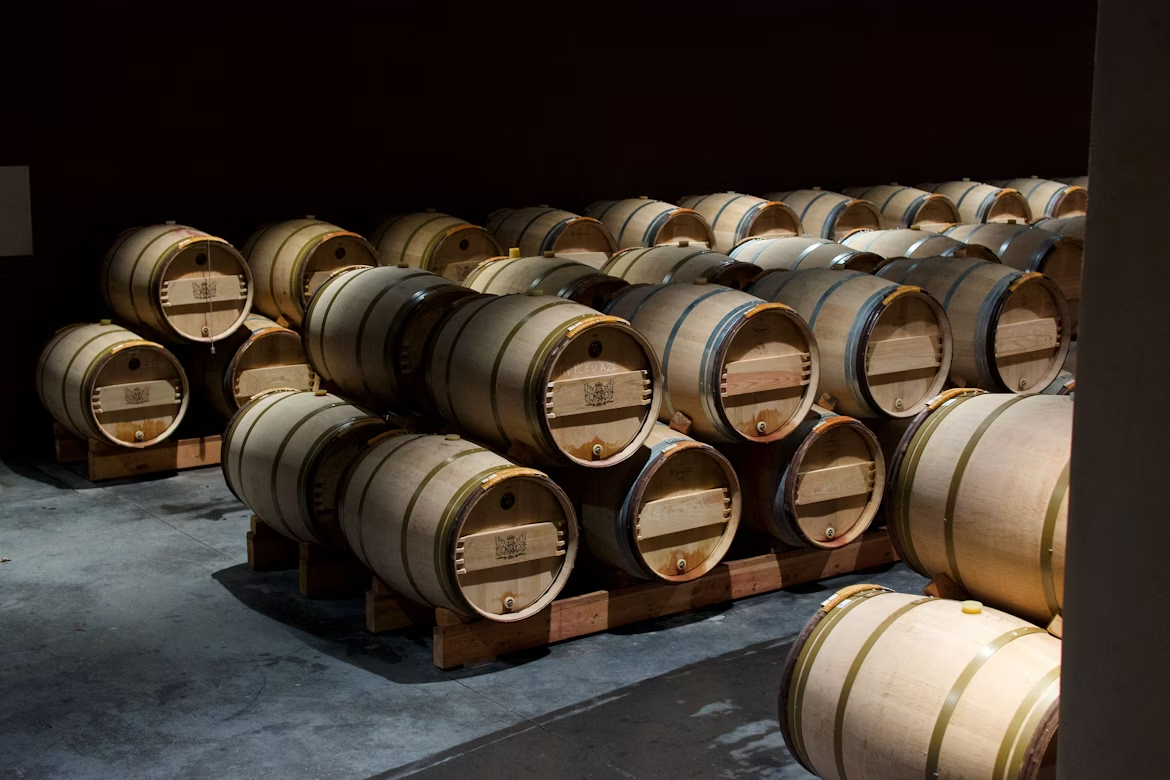There are few wine regions in the world that command as much respect and fascination as Bordeaux. More than just a name on a label, it’s a symbol of heritage, precision, and balance, a meeting point between tradition and constant reinvention. Stretching along the Garonne and Dordogne rivers, this vast mosaic of vineyards produces wines that range from powerful reds and silky whites to golden sweet nectars. Each bottle tells a story of soil, weather, patience, and people who have cultivated excellence for centuries. To explore Bordeaux is to travel through time and taste, where every sip reflects both history and innovation.
Understanding The Region And Its Styles
When one speaks of Bordeaux, the term often evokes deep red wines filtered through oak barrels and decades of inheritance. Yet that impression only hints at the full story. Bordeaux produces chiefly red wines (approximately 85 % of output), but also dry whites, rosés, sweet whites and even a little sparkling wine. This variety comes from more than 60 appellations, numerous grape varieties and a patchwork of micro-terroirs.
Red Wines: Left Bank Vs Right Bank
The reds are the backbone of the region. On the “left bank” of the Gironde estuary (Médoc, Graves), blends lean heavily on Cabernet Sauvignon supplemented by Merlot and Cabernet Franc. They tend to be structured, tannic, and built for age. On the “right bank” (Saint-Émilion, Pomerol), clay soils favour Merlot as the lead, with a softer, more immediate appeal.
White, Sweet And Sparkling Expressions
Even though whites make up a smaller portion of total production, they’re far from uniform. Dry white wines may come from Sauvignon Blanc and Sémillon, often with a crisp, fresh character. The iconic sweet wines of Sauternes and Barsac arise when Botrytis (“noble rot”) concentrates grapes and sugar under humid conditions near the rivers.
What Makes The Diversity So Compelling
Several factors combine to make Bordeaux’s wine landscape remarkably varied:
- Terroir variety: Gravel, clay, limestone, sand and river influence shape each sub-region’s signature.
- Blend philosophy: Rather than emphasizing single varietals, many châteaux blend multiple grapes to achieve balance, complexity and longevity.
- Appellation system and classification: The region hosts dozens of appellations (AOCs) and historic classifications (1855 for example) which influence style, quality and viticulture.
- Grape-variety flexibility: While six “classic” grapes dominate (Merlot, Cabernet Sauvignon, Cabernet Franc for red; Sémillon, Sauvignon Blanc, Muscadelle for white) each finds different expression depending on soil, age of vines and winemaking choices.
Key Grape Varieties And Their Roles
- Cabernet Sauvignon: gives structure, tannin, and aging potential — especially on the left bank.
- Merlot: more abundant on the right bank, offering softer textures and fruit-forward profiles.
- Sémillon & Sauvignon Blanc: core for many white Bordeaux wines; Sémillon contributes richness, Sauvignon brings freshness.
How To Approach Tasting And Buying
To explore the region with intention, consider these practical tips:
- Look beyond the “first growths”, many lesser known appellations offer excellent value and character.
- Match a wine to your style:
- For early-drinking reds: right bank Merlot-dominated blends.
- For cellaring: left bank Cabernet-led classics.
- For whites: dry Sauvignon/Sémillon blends for aperitif or pairing.
- For sweet: Sauternes or Barsac for dessert or cheese.
- Pay attention to vintage and producer: climate, vine age and winemaking all impact quality.
- Serve at appropriate temperature: for example, decant robust reds and serve whites slightly chilled.
The Future And Challenges For The Region
Even a region as venerable as Bordeaux is not immune to change. Market trends show slipping domestic wine consumption in France and evolving global taste profiles. Meanwhile, climate change is pushing winemakers to adapt vineyards and experiment with new grape varieties to maintain style and quality. These dynamics make the region’s diversity not just a historical feature, but a living, evolving quality.
FAQs
What defines a true Bordeaux wine?
A wine made in the Bordeaux region of France, following the applicable appellation rules and typically blending permitted grape varieties in that region.
Are all Bordeaux red wines heavy and tannic?
No. While many left-bank wines are tannic and built for aging, right-bank Merlot-dominant wines tend to be softer and more approachable younger.
Is white Bordeaux worth exploring?
Absolutely. Dry white Bordeaux and the region’s sweet whites offer distinct profiles and can provide excellent value and food-pairing opportunities.
Can I use grape variety alone to judge a Bordeaux?
Grape variety is important, but terroir, blend proportion, vintage and winemaking are equally significant. A Merlot from Pomerol will differ from a Merlot from elsewhere in Bordeaux.

